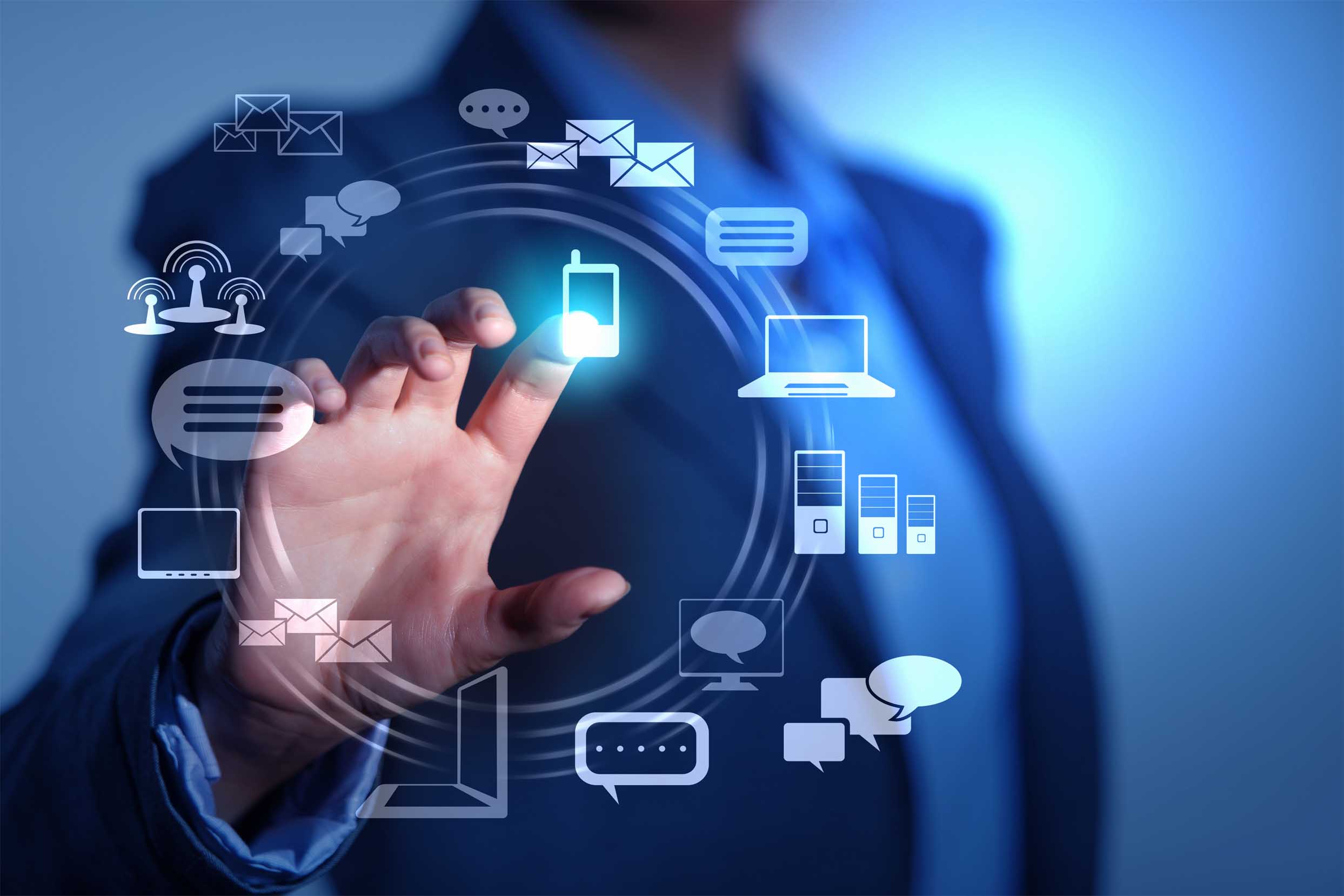Modern life is characterized by the presence of new digital technologies. Certainly, many of them changed our lives for the better. For example, the invention of electric light gave people the opportunity to work regardless of the time of day. Moreover, it gave rise to development of other industry sectors, e.g., computer technologies.
The appearance of first computers begot different new professions like programmers and system administrators, but eventually, it touched upon all other professional spheres. Nowadays practically all professions are computerized to a greater or lesser degree. Likewise, computer technologies influence the opportunities of human communication, which becomes wider after the appearance of the Internet.
It is important to mention that even modern linguistics has special courses aimed at investigation and development of new software applications working with texts and natural human language. You might now think that due to these developments, writing a rhetorical analysis essay is not a hurdle anymore, but not everything is that simple. Read further to find out how hi-tech can help you with language studies.
Five Technologies Connected with Linguistics
Applied linguistics studies the ways of IT application in all spheres connected with language in everyday life. Certainly, you use every of these inventions, but you don’t even realize that they are cross-sectoral between linguistics and computer-aided technologies. For instance:
1. Speech recognition
This option became the basis for well-known voice search, e.g., by Google. How does it work? Programmers together with linguists developed special software able to recognize the human voice and convert it into text. As a result, every smartphone has functions of speech recognition and voice search. Of course, recognition is not perfect, and such a program may recognize a word or a phrase incorrectly, but overall, it is used by many people all over the world.
2. Optical Character Recognition
It is the other side of the same coin. Optical character recognition helps to turn typed, handwritten, or printed texts into computer files. Programs of the class work with the help of additional input equipment like a scanner. Necessary images are scanned, processed in a special program, and the user receives a ready text in a chosen format. Such an invention of applied linguistics saves much time because of its good results. Thus, people don’t have to re-type the text by hand. As well as any other programs, OCR engines are constantly developing, and the quality of recognized text is usually very good.
3. Automatic Translation Engine
It is the most widespread device working with text. Certainly, many people all over the world use the automatic translation engines every day. Their invention was one of the most popular and requested one. However, these tools are developing even now. Although the quality of translations to different languages is satisfactory, it cannot be compared with the quality of human translation. Somebody may say that translation engines will replace humans in this niche, but this point is disputable. Of course, everybody heard about the invention of a neural network for improvement of automatic translation. This technique has a great future, but the main disadvantage is that it learns only with the help of humans.
4. Spell Checking
Spell checking software is also common nowadays. For instance, everybody uses spell checkers embedded into text processors like Microsoft Word. However, there are other versions of this unit like online spell checkers or different programs. Most of them work on one and the same algorithm: they have an automatic dictionary and know the number of particular grammar rules, and their main task is to compare the typed text with these rules. Consequently, in the case of some mismatching, they will show an error warning message. Such programs are also far from perfect because the basic criterion of correctness for them is a match. On the other hand, such a match can also be a mistake, but it would not be recognized by the program, e.g., in the case of typos like “baller – ballet”. Therefore, it is strongly recommended to re-read all your documents because in such a situation, the human brain works better than a machine.
5. Dictionaries
Another way to combine linguistics with computers is the presence of different free-standing software and online dictionaries. Certainly, these digital versions of usual dictionaries have a great number of advantages: they are fast, free, and effective. Moreover, they save time and space. As well as paper dictionaries, their digital co-brothers may also have various intended purposes – from bilingual dictionaries to definition ones. Hence, it was a very good idea to transfer paper dictionaries into a digital form.
Of course, the sands are running out and everything is constantly changing. Therefore, we can either agree or disagree with these changes, but the fact is that development of machines led to rise of comfort, and computer invention affected all spheres of human life, even language, which is considered the main distinction of people from animals. However, computer technologies in general and the appearance of the Internet in particular give us new opportunities for work and study and we use them every day.
Image: www.wolfexperience.com




1 Comment
Nice article.